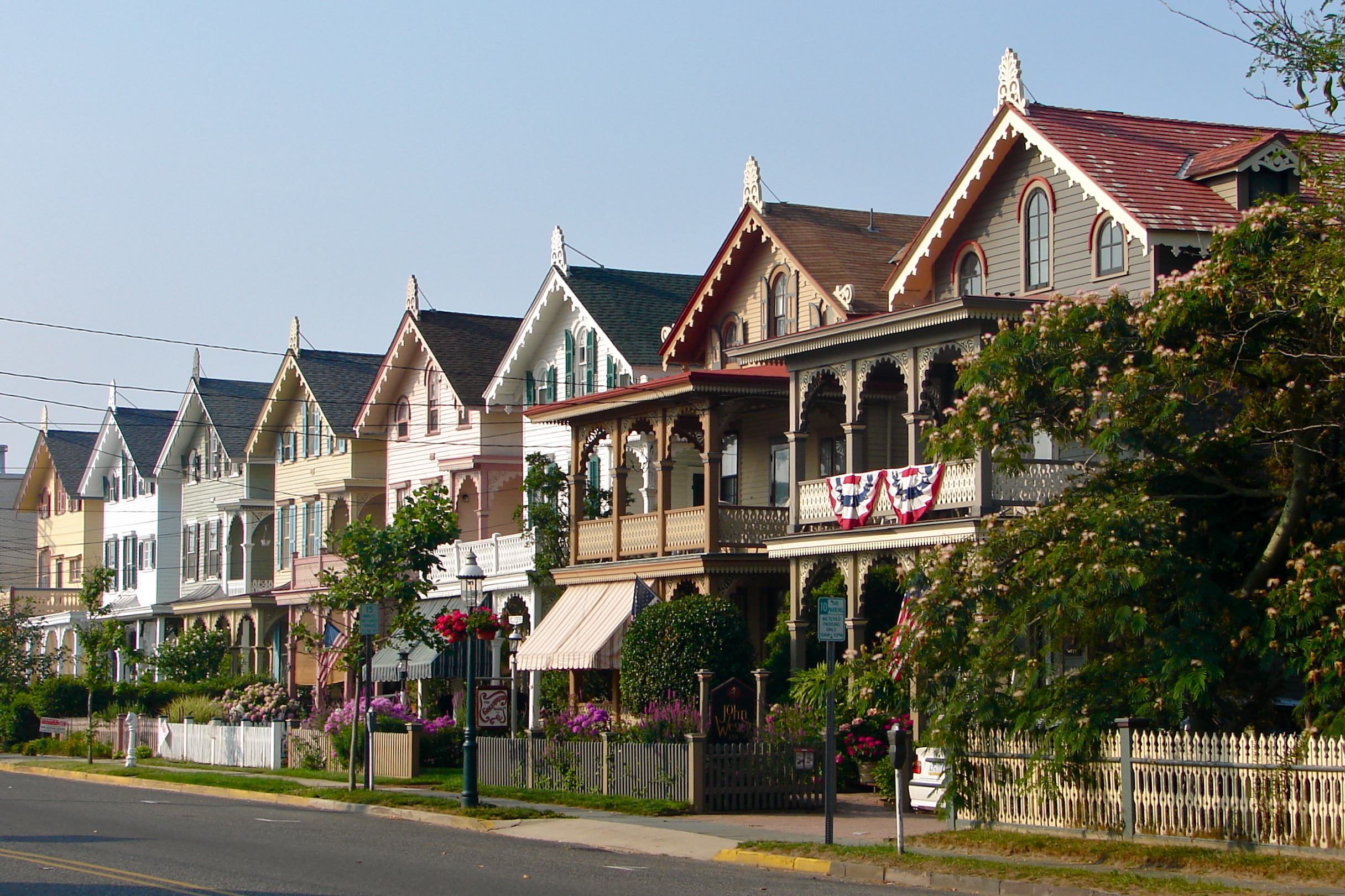
![1038_JOSEPH Q WILLIAMS HOUSE [-1021925530]_Page_1.jpg](https://images.squarespace-cdn.com/content/v1/57893f8c2994ca42c9966278/1470943707309-RWSUO6OZKF2K1M4MPDUK/1038_JOSEPH+Q+WILLIAMS+HOUSE+%5B-1021925530%5D_Page_1.jpg)
![1038_JOSEPH Q WILLIAMS HOUSE [-1021925530]_Page_2.jpg](https://images.squarespace-cdn.com/content/v1/57893f8c2994ca42c9966278/1470943709310-T2HLM7QG9PFTLSD7H6XY/1038_JOSEPH+Q+WILLIAMS+HOUSE+%5B-1021925530%5D_Page_2.jpg)
![1038_JOSEPH Q WILLIAMS HOUSE [-1021925530]_Page_3.jpg](https://images.squarespace-cdn.com/content/v1/57893f8c2994ca42c9966278/1470943709175-45UJ6V4L468SENNYYBE9/1038_JOSEPH+Q+WILLIAMS+HOUSE+%5B-1021925530%5D_Page_3.jpg)
city of cape may (nj) - historic resources survey
OVERVIEW
The City of Cape May (officially incorporated in 1851) has hosted vacationers since the mid-18th century, and is widely recognized as the nation's oldest seaside resort. A large portion of the City of Cape May was designated a National Historic Landmark in 1976 for its remarkably well-preserved and expansive collection of Victorian buildings.
In 2011, PDP was selected by the City of Cape May and the New Jersey Historic Preservation Office (NJHPO) to complete an Intensive-Level Survey of Historic Resources for 400 properties in Cape May. The NJHPO-funded project was part of a larger effort to provide a complete survey of the city, which was not conducted at the time of the original historical designation. Because the documentation associated with the original listing of the town in the National Register of Historic Places and the designation of the town as a National Historic Landmark had never been updated, PDP was also tasked with the preparation of an in-depth history of Cape May, as well as recommendations for revisions to the boundaries of the Historic District.
The first survey project, which received prompt approvals from the NJHPO and the City of Cape May, included an overview of preservation recommendations and catalogued tables of historic resources surveyed and was completed in September 2011. PDP was selected to compelted a second survey, which was completed in 2013.
PROJECT APPROACH
Working within a tight timeline that required completion of the project in approximately four months, PDP gathered information through field surveys, high-resolution digital SLR photography, map research, and archival research. PDP also prepared individual survey forms for each of the properties, including physical and materials descriptions, photographs, historical summaries, and a determination of significance for each building / property. One of the challenges PDP faced in the project was the inconsistencies in the tax parcel data files and street addresses compounded by the fact that previous survey information included misidentifications. In addition, several buildings have been moved to new parcels since the National Historic Landmark designation.
The individual property information, including the reconciled location information, was recorded in the New Jersey Historic Resource Database and included GIS mapping and embedded digital photographs.
STATUS
Historic Resources Survey #1 - Completed (2011)
Historic Resources Survey #2 - Completed (2013)
